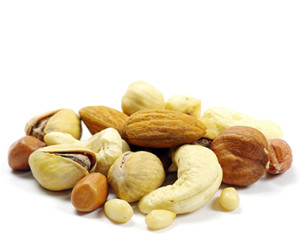History of aromatherapy
 Aromatherapy has been used in one form of another for thousands of years. Throughout time, people have used essential oils and plant matter to try to heal illnesses and cure diseases. For this reason, it is hard to give a specific date or event timeline for the creation and development of aromatherapy. It has adjusted over time to meet the specific needs of each culture as the cultural needs have changed. It has also changed as new plant matter and essential oils have been discovered and utilized.
Aromatherapy has been used in one form of another for thousands of years. Throughout time, people have used essential oils and plant matter to try to heal illnesses and cure diseases. For this reason, it is hard to give a specific date or event timeline for the creation and development of aromatherapy. It has adjusted over time to meet the specific needs of each culture as the cultural needs have changed. It has also changed as new plant matter and essential oils have been discovered and utilized.
Due to this ever-changing history, aromatherapy in its current manifestation evolved with the use of distilled plant material in order to create essential oils. This particular form of distillation can be traced back as a 20th-century innovation. As currently defined in the medical field, aromatherapy is a term that was first coined in 1920 by a French chemist Ren?e Maurice Gattefosse.
This renowned French chemist Renee Maurice Gattefosse had dedicated his life to research and study regarding the healing properties of essential oils. This dedication was spurred by an incident that happened by chance in his laboratory one day. Gattefosse accidentally set his arm on fire and was racing around the inside of his lab, searching for some way to put the flames out. While searching for the nearest vat of liquid to thrust his arm into, French chemist Ren?e Maurice Gattefosse came across a large open container of lavender oil. Quickly, the chemist put his arm into the lavender oil to extinguish the flames and, to his surprise, he experienced almost instant pain relief.
Gattefosse also noticed through this life changing experience that his burns healed remarkably quickly and left very little scarring. The difference in the healing process between these burns that were slathered in lavender oil and the burns that the chemist had suffered on a regular basis astonished him. One of the most significant breakthroughs that the French chemist Ren?e Maurice Gattefosse had discovered was that the lavender oil had shortened the overall healing process and healed with very little redness, inflammation, heat rashes, blisters, or scarring.

Recent Comments